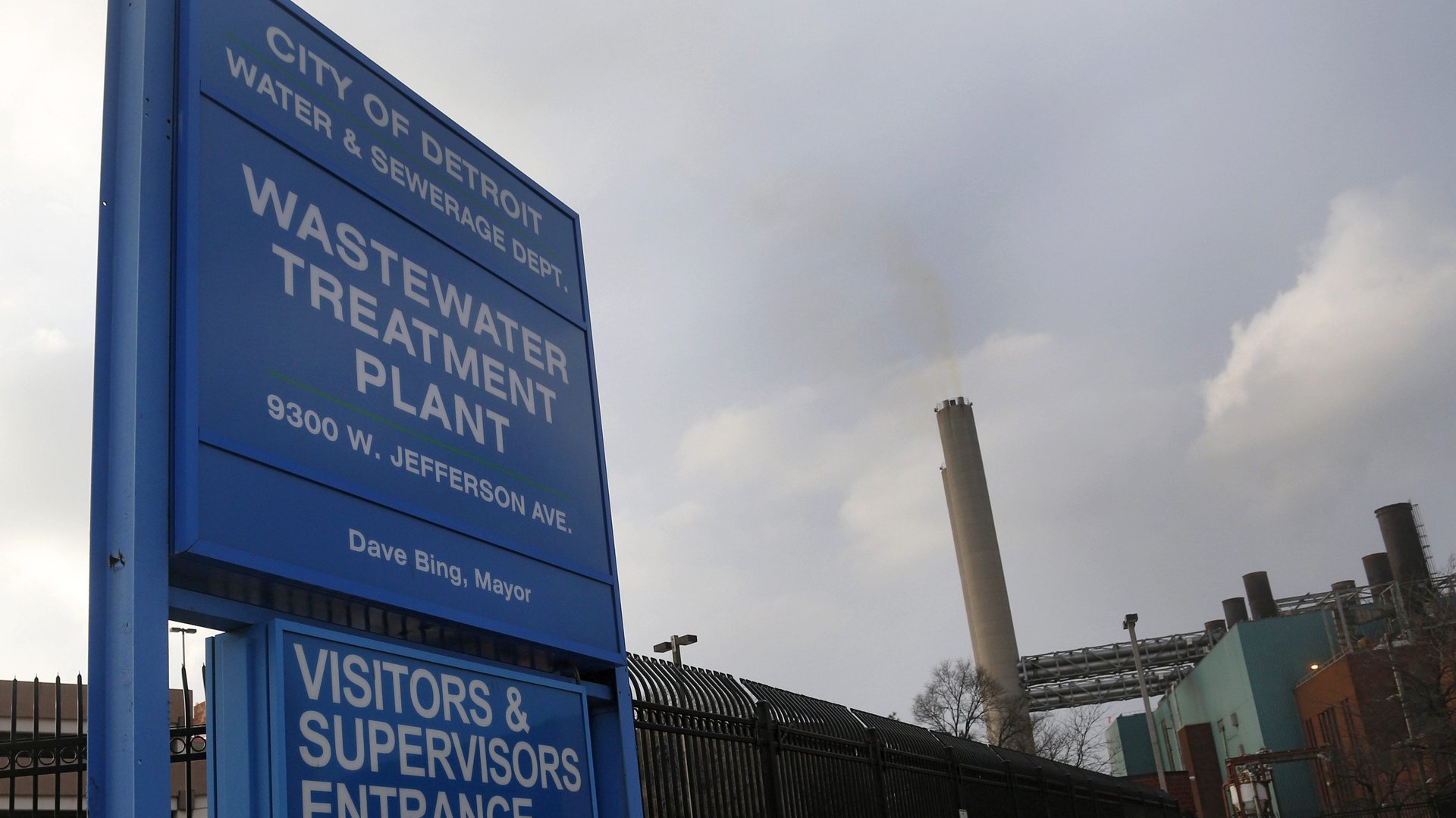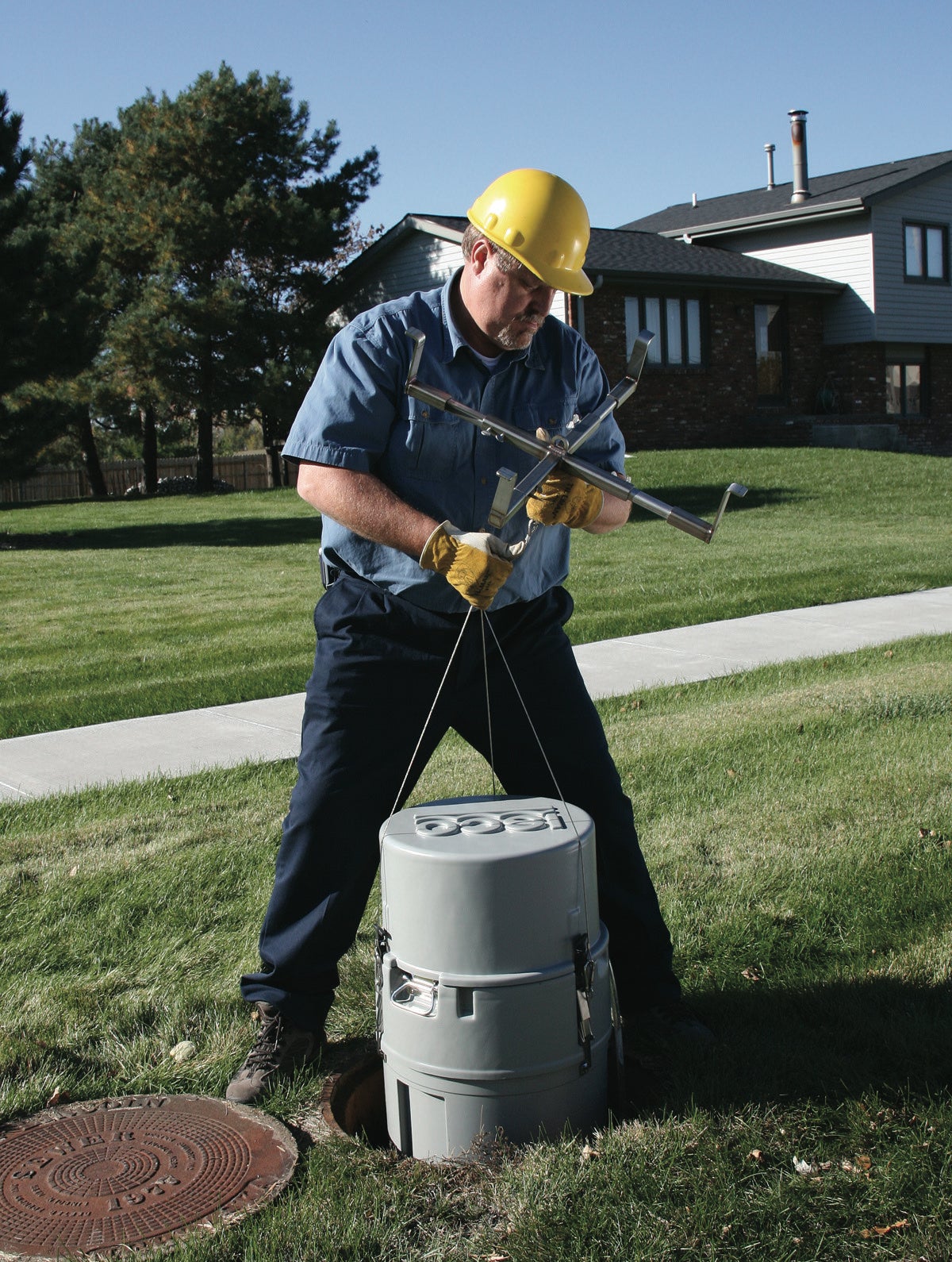So many communities are testing poop for Covid-19, equipment is running out
As the Covid-19 pandemic continues on in the US, state and municipal groups are scrambling to find ways to track of new cases and potential outbreaks. One such method: scanning sewage for bits of the SARS-CoV-2 virus itself.


As the Covid-19 pandemic continues on in the US, state and municipal groups are scrambling to find ways to track of new cases and potential outbreaks. One such method: scanning sewage for bits of the SARS-CoV-2 virus itself.
As more cities try to implement wastewater-based epidemiology, they need to stock up on new gear—including autosamplers, the machines that collect tiny amounts of sewer water from a manhole so it can be analyzed. So many public and private research groups have placed orders for these devices, in fact, that the demand has led to shortages and shipping delays.
“We did see a significant surge in demand,” says John Trofatter, the director of business development for water platforms at Teledyne ISCO, one of the largest autosampler manufacturers. In July, when the US Centers for Disease Control and Prevention (CDC) announced a plan to work with other federal agencies to create a more unified wastewater monitoring network, the company says it sold 50% more autosamplers than it typically would.
In some cases, demand is so high that orders are backlogged; Birthe Veno Kjellerup, a bioengineer at the University of Maryland College Park, told Quartz that her department had ordered some from Teledyne ISCO in July but hadn’t gotten their order as of mid-September.
Why the big fuss over sewage monitoring? Wastewater-based epidemiology has the potential to be a cost-effective complement to clinical testing. Because individuals often shed bits of the virus in their fecal matter before they come down with Covid-19, it can be a way of tracking where outbreaks are about to happen. In a small enough community—like a university campus—public health officials have been able to see spikes in SARS-CoV-2 in wastewater, test dorm residents, and isolate the few people who tested positive even when they weren’t showing symptoms. Boom—outbreak averted.
But in the US, there are only a handful of companies that make autosamplers. They vary slightly in design depending on whether they’re intended to be permanent fixtures in a city’s sewers or temporarily deployed, but generally have tubes for sampling wastewater, and collection vials where they can be stored for later. Autosamplers from Teledyne ISCO range in cost from $2,500 to $10,000, depending on the model.

“The other oddity associated with this is the fluid nature of the project,” says Trofatter. Usually the projects Teledyne ISCO is involved with are well-defined and planned in advance, with delivery dates months out, he says. Recently, though, orders that require a timeline of weeks have been coming in, which has been difficult for the company to maintain.
Most communities won’t see the benefit of wastewater monitoring in the short term. Companies are still overcoming demand pressures and shortages, and researchers and other public health officials are still collaborating with the best ways to collect and use wastewater data.
But in the long term, this heightened demand could usher in a new era of public health. Researchers have been scouring wastewater for remnants of poliovirus and opioids for years, but on only a community-level basis. What if there were a national system in place to monitor wastewater for all kinds of biological indicators? The National Wastewater Surveillance Network, which the CDC officially instated in August, could form the foundation for that work.